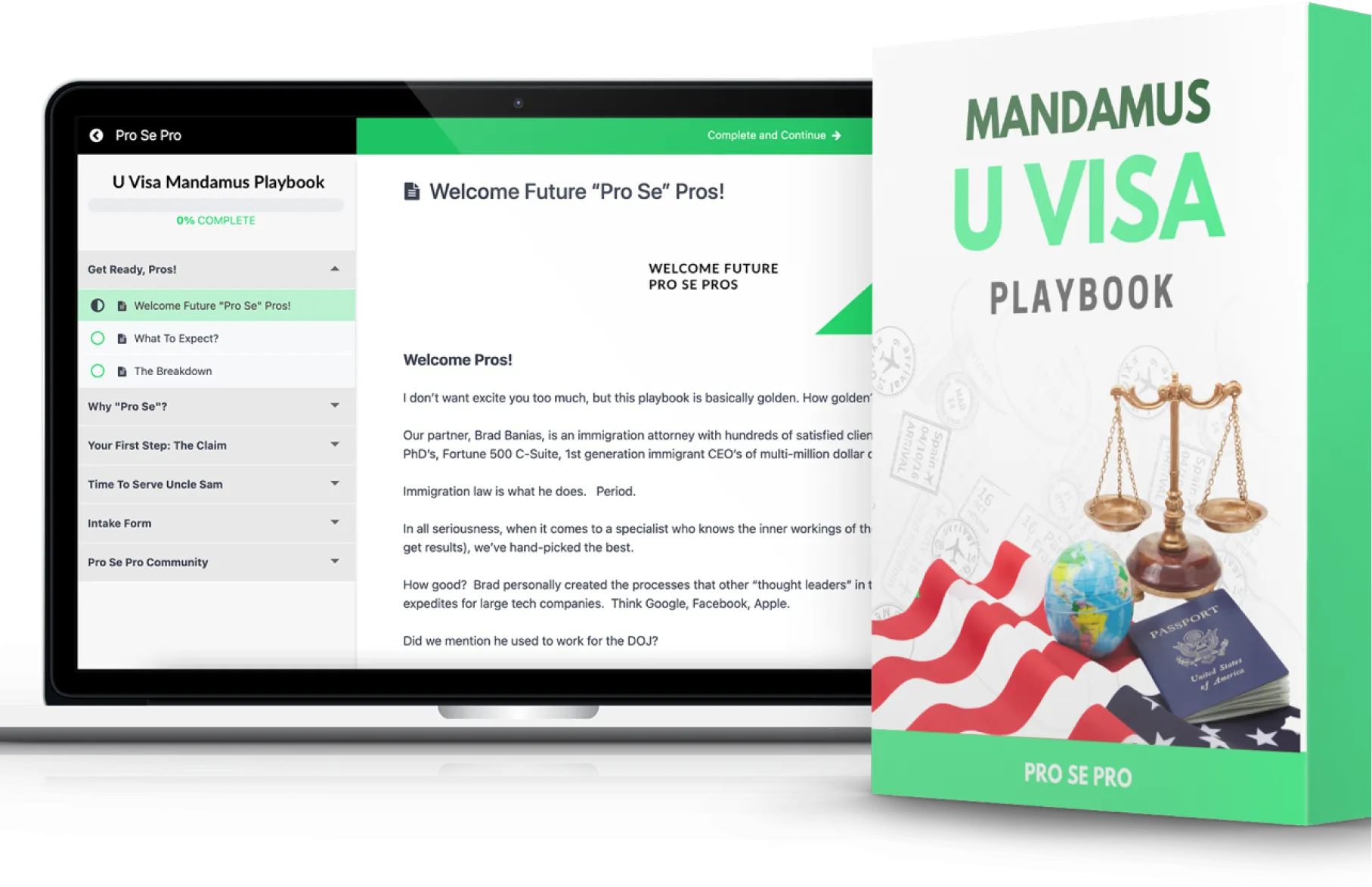The EB-5 Immigrant Investor Program is one of the United States’ visa pathways for foreign investors aiming to gain permanent residency. Through this program, individuals are required to invest in ...

The EB-5 Immigrant Investor Program offers a pathway for individuals and their families to obtain permanent residence in the United States by making a significant investment that leads to the creation or preservation of jobs for American workers. Congress created the EB-5 Program in 1990 to stimulate the U.S. economy through job creation and capital investment by foreign investors. Specifically, the program requires investments in commercial enterprises that contribute to economic growth, particularly in targeted employment areas which are designated regions with high unemployment rates or rural localities.
Applicants of the EB-5 program must meet a set of criteria to qualify for the visa, which includes a minimum investment amount, job creation requirements, and ensuring the investment comes from a lawful source of funds. The program has undergone various changes over the years, with the most recent update in legislation influencing the investment thresholds and procedural nuances. It is crucial for investors to be aware of the investment criteria and the job creation requirements, which stipulate that the investment must create or preserve at least 10 full-time jobs for qualifying U.S. workers within a prescribed time frame.
Understanding the EB-5 requirements is essential for potential investors to navigate the process successfully and to leverage the benefits of the program. These include obtaining lawful permanent residence for themselves and qualifying family members. The EB-5 visa classification thus becomes a strategic immigration option for investors who aim to contribute to the U.S. economy and simultaneously secure a future in the United States for themselves and their families.
EB-5 Program Overview
The EB-5 Visa Program is a U.S. federal initiative that offers foreign investors and their families a pathway to permanent residency through investment and job creation.
History and Purpose
The United States Congress introduced the EB-5 Immigrant Investor Program in 1990 with the goal of stimulating economic growth through foreign investment and job creation. In 1992, the Immigrant Investor Program, also known as the Regional Center Program, was established to manage and promote foreign investments in specific projects.
Eligibility Criteria
To be eligible for the EB-5 visa, investors must meet stringent investment and job creation requirements:
- Investment: The minimum capital required is $1.8 million, or $900,000 if investing in a Targeted Employment Area (TEA).
- Job Creation: Each investment must create at least 10 full-time jobs for U.S. workers within a two-year period.
The EB-5 Reform and Integrity Act of 2022 brought about changes, including increased oversight and integrity measures for the program.
Program Benefits
Investors in the EB-5 Program can enjoy several benefits:
- Residency: Obtain a conditional Green Card for themselves, their spouse, and unmarried children under 21.
- Flexibility: No requirements for age, business training, or language skills.
- Location: Freedom to live, work, and retire anywhere in the United States.
The program’s structure, particularly through its Regional Center model, offers investment opportunities that meet the program criteria, such as in high-unemployment areas or rural locations.
Investment Requirements
The EB-5 program mandates specific investment criteria that must be fulfilled for an investor to qualify. These include a minimum investment amount, the type of investment, job creation, and ensuring the investment is at risk.
Minimum Investment Amount
Investors are required to inject a certain minimum amount of capital into the U.S. economy. As of the latest information, the standard minimum investment is $1,000,000, although a reduced amount of $500,000 is acceptable if the investment is made in a Targeted Employment Area (TEA). These amounts are subject to change, as regulatory modifications can alter the requirements.
Approved Investment Vehicles
Investments must be made in approved vehicles, such as a new commercial enterprise or a regional center project EB-5 Immigrant Investor Regional Centers. Each vehicle has different implications for the management of the investment and the job creation requirements.
Job Creation Requirement
The investor’s capital must lead to the creation of at least 10 full-time jobs for qualifying U.S. workers. These positions must be sustained for a minimum of two years, and indirect or induced jobs may count towards this requirement if the investment is made through a regional center.
At-Risk Investment Stipulation
Capital must be fully at risk for the purpose of generating a return on the investment. This means that there can be no guarantees of return of the principal amount to the investor EB-5 Questions and Answers. The investment also cannot be a loan to the investor or a redeemable bond.
Legal Requirements
The EB-5 Immigrant Investor Program has stringent legal requisites that applicants must adhere to for successful immigration petitions and visa acquisition. Compliance with the source of funds documentation is critical, and the choice between a Regional Center and Direct Investment options influences the application process.
Immigration Petitions and Visas
The EB-5 program requires applicants to file Form I-526, Immigrant Petition by Alien Investor, evidencing the investment in a new commercial enterprise and the creation or preservation of ten full-time jobs for qualifying U.S. workers. Upon approval, the investor and eligible dependents may apply for an immigrant visa or adjust status to a conditional permanent resident if already in the United States.
Source of Funds Documentation
Investors must demonstrate that their investment capital originates from lawful sources. The EB-5 Visa Requirements indicate that evidence such as business, salary, or sale of property records is required to trace the funds to their origin.
Regional Center vs. Direct Investment
Two investment pathways are available:
- Regional Center Program: Investors may channel their funds through USCIS-approved third-party intermediaries which manage the investment and job creation requirements.
- Direct Investment: The investor directly manages the investment and takes a more active role in job creation within the new commercial enterprise.
The choice between these options affects the investment’s structure and job creation criteria, as outlined in the About the EB-5 Visa Classification by USCIS.
Application Process
The EB-5 application process involves several distinct stages, each requiring careful attention to detailed requirements and documentation.
Petition Filing (I-526)
An investor initiates their EB-5 journey by filing Form I-526, Immigrant Petition by Alien Investor. This step involves demonstrating that the investor has invested, or is actively in the process of investing, the required capital in a new commercial enterprise and that the investment leads to the creation of at least 10 full-time jobs for qualifying U.S. workers. Evidence of the lawful source of funds and a comprehensive business plan are crucial at this stage.
Conditional Permanent Residency
Following the approval of the I-526 petition, the investor and their immediate family members can apply for conditional permanent residency. This status permits them to live and work in the United States and is granted for a two-year period. During this time, the investment must be sustained, and the job creation requirements must be met.
Removal of Conditions (I-829)
To secure permanent residency, investors must file Form I-829, Petition by Investor to Remove Conditions on Permanent Resident Status, within the 90-day period immediately preceding the second anniversary of their grant of conditional permanent residency. Applicants need to prove that the investment was maintained throughout the two-year period and resulted in the creation or preservation of 10 full-time jobs for qualifying U.S. employees.
Miscellaneous Information
In this section, the intricacies of the EB-5 Immigrant Investor Program are further explored. Particular attention is paid to the specifics regarding quotas and backlogs, potential risks, and the expectations placed on investors following residency acquisition.
Program Quotas and Backlogs
The United States Citizenship and Immigration Services (USCIS) caps the number of EB-5 visas issued each fiscal year to 10,000, which includes visas for investors’ dependents. This quota often results in substantial backlogs in countries with high demand, potentially leading to long waiting periods for some applicants. Applicants should remain apprised of the EB-5 Program’s latest quota and backlog statistics and plan accordingly.
Risk Factors
Investing in the EB-5 program carries inherent risks just like any investment. Investors must place their capital at risk and the investment must have a possibility of loss. Financial, immigration, and project risks must be evaluated meticulously. There are scenarios wherein investments fail to generate the anticipated jobs or return on investment. Therefore, thorough due diligence is crucial. Detailed information on potential risks can be found in the EB-5 Questions and Answers provided by USCIS.
Post-Residency Obligations
Upon obtaining a visa through the EB-5 program, investors and their families are obliged to fulfill specific residency requirements. They must primarily reside in the United States and may become subject to U.S. tax on their worldwide income. Moreover, to remove the conditions on their permanent residency, investors must file a Form I-829 within the 90-day period before their second anniversary of obtaining conditional resident status. This form serves as proof that the investment has met the required job creation criteria. For filing guidance, applicants can refer to EB-5 Filing Tips offered by USCIS.

Stop Waiting On The USCIS


